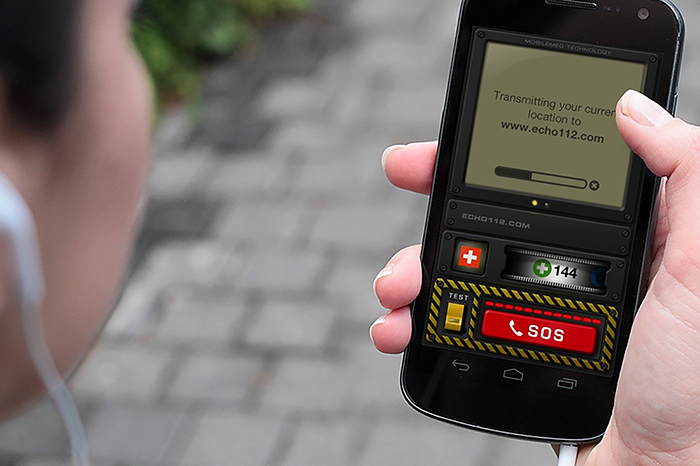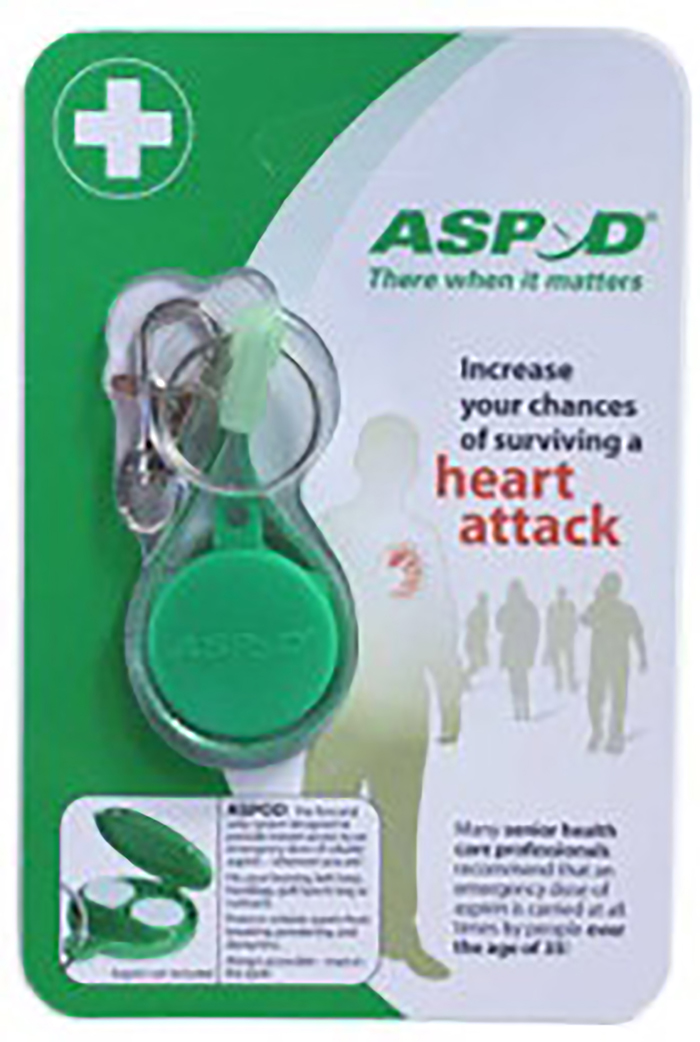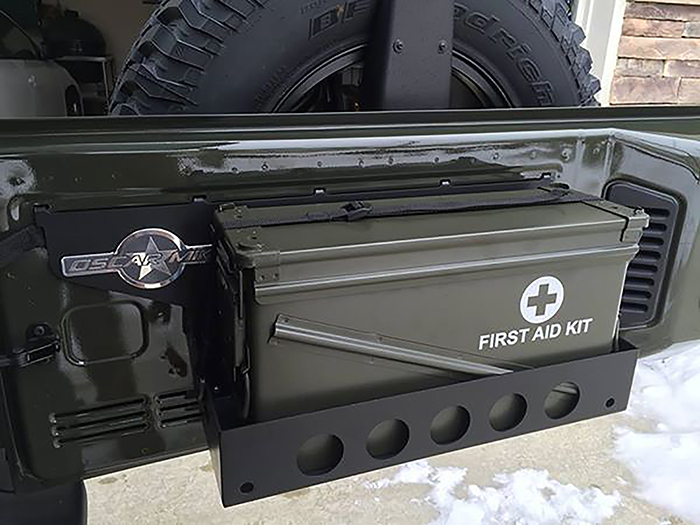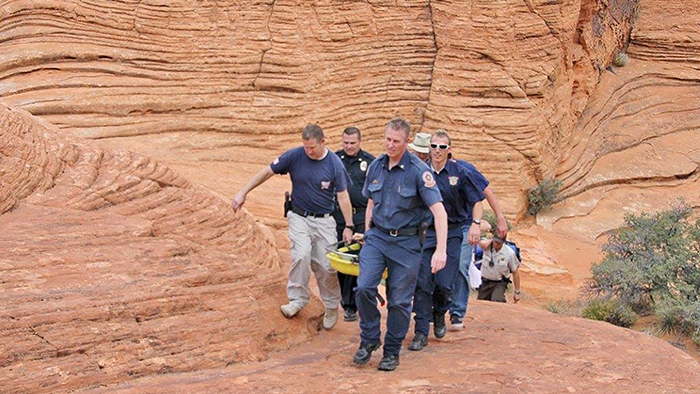Whenever undertaking adventure activities in the outdoors, it’s wise to carry some form of first aid kit. They can come in all shapes and sizes. However, they are often not compiled with much “real practicality” for use in adverse outdoor conditions. First aid kits in waterproof bags still contain non-waterproof items and are likely to be soaking wet and falling off shortly after application. Diving, surfing, kayaking, sailing, canyoning and mountaineering are all activities where first aid kits often fall down, not being fit for purpose hence here are some proven tips, tricks and recommendations on carrying items beyond or in place of many items in a conventional first aid kit that can be worth their weight in gold in harsh environments.
Echo112
This free smartphone app should be a necessity for everyone. It will send your exact location coordinates to local emergency services anywhere in the world as an SMS which will often get transmitted even when there isn’t enough signal for a voice call to be made. Your exact location is by far the single most important piece of information you can pass to the emergency services. However, if you’re in a relatively remote location, it would be wise to commence a self-rescue despite sending an SOS.

Soluble Aspirin
For its size, cost and extraordinarybenefits this medication should be inevery office and home desk drawer letalone a first aid kit. If someonedevelops any symptoms that leads youto think “Heart Attack!” then they shouldinvariably chew a 300mg solubleaspirin without delay. Proven toincrease the chances of survival from aheart attack by 23% and has beenknown in some cases to actually cleardamaging clots from the blocked bloodvessels. In a suspected heart attackthere are almost no contra-indications.Many healthcare systems promote thelife saving advice; “If you at all think,heart attack coming on? Call 911, thenchew an aspirin.”

Duct Tape
For harsh environments a quality silver ducking tape is an ideal alternative to anything in any medical aid that has a self-adhesion aspect. Any makeshift non-adhesive patch on the actual wound will stop the centre of a duck-tape plaster sticking. You can make super-strong steri-strips for wound closures, strained ligaments can be supported with duct taping just as a physiotherapist would use adhesive tape.
Tampons
Tampons are ideal for carrying extremely small packed-size sterile wound dressings but with highly absorbent properties for deep lacerations or deep puncture wounds and come in waterproof packaging.
Inner Tube Bandages
Used inner tubes, sliced open makereusable waterproof bandages that arephenomenal as compression supportbandages, wound dressing covers ortourniquets. Pieces of inner tube canalso be set alight to create black smokefor signalling for help.
Superglue
Superglue has its origins in combat casualty care from the Vietnam War and nowadays medical superglue is one of the most effective wound closures in minor injury units. The medical variant is very expensive and doesn’t store well, the aim even with medical superglue is to avoid getting glue inside the wound but instead glue together two sides of intact skin having brought the sides of a wound back together after a deep cut. Non-medical superglue is reputed to have harmful toxins however; it can regularly come into contact with unbroken skin with little harmful effect. In a harsh environment and needing an effective method of closing a laceration I would definitely consider using normal superglue! Superglue degrades in water however. A wound only needs a short period of closure for the body’s own repair system to commence.

Bepanthen Nappy Rash Ointment
This amazing ointment has anti-septic, anti-bacterial and anti-fungal properties to name just a few but it’s also designed to work in the harshest of environments imaginable – inside a dirty nappy, so dirty river water is no match for this ointment. Ideal for smearing on skin grazes or burns if you’re in wet or dirty environments or inside any wound dressing because often in hot climates the inside of a dry dressing can become moist due to perspiration so whether you are in a wet environment or dry it’s worth considering the wound will be moist and prone to infection hence consider Bepanthen until you are back in a safe and clean environment.
Silicone Sealant
If you have any skin wound that will be subjected to prolonged immersion in water then you might wish to consider applying a barrier of a silicone sealant over the wound. However you should choose a food-safe or marine-safe version for less toxins. Plumbers will tell you how this stuff sticks well and many will often use it to protect small hand and finger wounds so they can continue working.
Ibuprofen/Paracetamol Piggyback
You often hear in healthcare the complaint; “I’ve taken a paracetamol but it still hurts”. This complaint is very likely true, paracetamol and ibuprofen work by accumulative doses as the body can only process so much of the associated toxins over a given time. The pain relieving effect from paracetamol or ibuprofen doesn’t wear off after four hours, but this is the recommended rate at which you can safely take more to keep increasing the pain relieving effect. For best effect, combine paracetamol and ibuprofen together staggering their intake so you take two paracetamols then two hours later take two ibuprofens then follow the individual dosing for each medication. The accumulated effect of piggybacking paracetamol and ibuprofen can provide a remarkable amount of adequate pain relief. Both medications are excellent for reducing high temperature which can be the deciding factor of whether a bad cold or flu leaves you bedridden or unable to keep functioning.

Concave Stanley Knife blade
These can have a multitude of uses, notably digging out splinters, using the blades locating grooves for hooking and prising ticks off your skin (do not use the blade itself). Using the straight tip end for drilling holes through nails to relief the pressure and pain from nail-bed blood blisters, Trust me, much less painful than using a red hot poke. With a competent medical professional handy, a Stanley Knife blade can be invaluable for any time-critical life saving emergency procedure.
Eye Lotion
Sand or dust in your eye is a common unwelcome experience to most participating in outdoor activities, particularly mountain biking. The offending foreign object has likely already been expelled from your eye by the excess tears but it can leave a minute abrasion on the cornea that feels like the object is still there.
Chloramphenicol or Dexamethasone
…based eye lotions eases the discomfort which in turn eases the excess tears aiding the healing process and allowing you to become mobile again.
Expanding Foam
Expanding foam used inside plastic bags or an orange survival bag can turn an extremely small packed size into anything from small limb splints up to a fairly effective large full length stretcher, combining the foam with some micro netting can help with re-enforcing the larger stretcher for extreme circumstances. Expanding foam does not work underwater but if you needed to make an emergency buoyancy aid you’d fare much better spraying expanding foam into a plastic bag or clothing than using just air (expanding foam requires air to activate hence some trial and error should be experienced before trying this in a real incident).
What is NOT Absolutely Necessary in a First Aid Kit
Your skin (unless you have a fresh open wound) has a natural protective barrier hence if you have no surgical gloves or facemask but a casualty needs you to stop bleeding or breath for them, please do not hesitate! The greatest risk of infection from bodily fluids is from being splashed in the eye hence I would prefer the protection given by my sunglasses instead of the protection from gloves or facemasks. Foil thermal blankets are difficult to handle in windy conditions and neither cool, nor warm casualties up so are only really useful as an emergency shade but can easily tear. Rehydration salts and water purification tablets should not belong in a First Aid Kit they belong in everyone’s normal kit and should be used to prevent you from having to resort to first aid.
Take Note
- Anything applied to the body, medical or non-medical can cause a reaction, always test first.
- Sterile products do not remain sterile in non-sterile environments.
- Qualified pharmacists can be consulted about medications.
Words by: Jon Edwards

